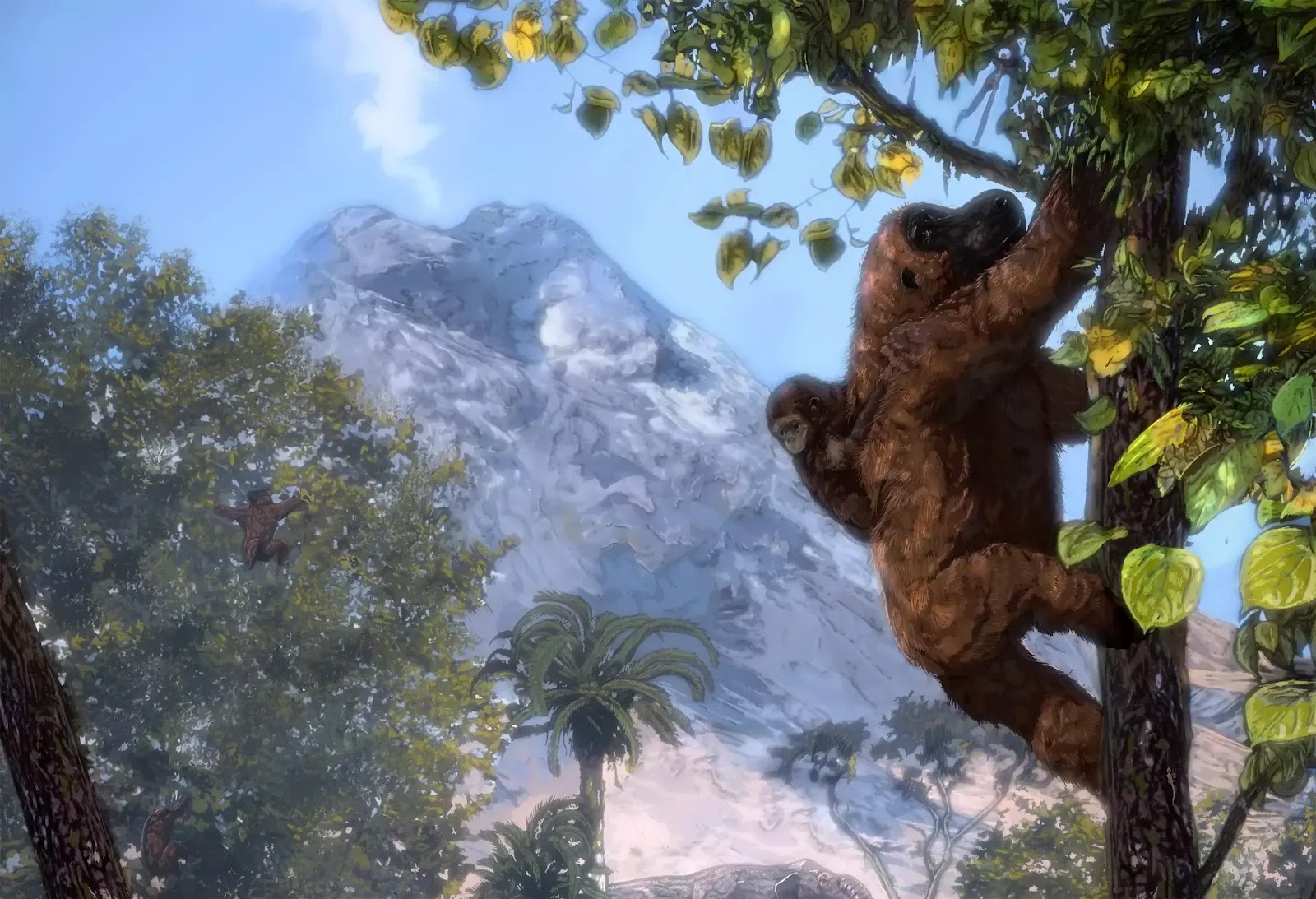Rethinking the Evolution of Humans and Apes Based on the Early African Habitat
Humans and apes share a common ancestor, and studying the habitats in which our ancestors lived can provide insights into our evolution. Recent studies have challenged previous assumptions about the habitats where our primate ancestors lived. This article will discuss the latest research on the evolution of humans and apes in Africa and how it has rewritten the story of human evolution.
Early Breakup of Eastern African Forests Shaped Our Ape Ancestors
Researchers from the University of Utah and the University of Toronto have found that the breakup of the forests in East Africa millions of years ago played a critical role in the evolution of our ape ancestors. According to their study published in the journal Science, the forest fragmentation caused by geological events led to the development of open habitats where apes could thrive.
Also Read:- The Infamous Heists of EVE Online
- The Discovery of Water on the Moon: Implications for Future Lunar Exploration
Wooded Grasslands Flourished in Africa 21 Million Years Ago
Another recent study, published in the journal Nature, challenges the traditional view that early apes lived exclusively in forests. The study suggests that wooded grasslands may have been a critical habitat for early apes 21 million years ago. The researchers argue that early apes may have been adapted to living in more open environments and that the evolution of apes cannot be fully understood without taking into account the changing African landscape.
Ground Zero for Our Ancestors: Need to Stand Upright
A team of scientists from several institutions in South Africa, Canada, and the United States have conducted a study of the Malapa fossil site in South Africa, where several fossils of early hominins have been found. They concluded that our ancestors first started to stand upright on two legs in response to changes in their habitat. The researchers argue that the transition to bipedalism was not driven solely by the need to walk on two legs, but rather by the need to adapt to a changing African environment.
Grassland in East Africa and Early Humans' Diet
A study published in Popular Science highlights the importance of grasslands in the evolution of early humans' diet. The researchers found that early humans, who lived in the savannas of East Africa, had a diet that was primarily composed of grasses, not just meat as previously believed. This finding suggests that early humans were able to adapt to new habitats and food sources, leading to changes in their evolutionary trajectory.
Rewriting the Story of Human Evolution: Apes Lived in Open Habitats 10 Million Years Earlier Than Expected
A study published in SciTechDaily challenges the traditional view that apes evolved in closed forest habitats. The study found that apes may have lived in open habitats as early as 27 million years ago, which is 10 million years earlier than previously believed. The researchers suggest that the evolution of apes was not just driven by changes in the environment, but also by their own abilities to adapt to new habitats.
Recent studies have shown that early humans and apes lived in a variety of habitats, including open grasslands and wooded savannas. The breakup of the forests in East Africa, as well as changes in climate and geology, played a critical role in shaping the habitats in which our ancestors lived. These findings challenge traditional assumptions about the evolution of humans and apes and provide new insights into our shared evolutionary history.
Read More:- Bungie's Crackdown on Third-Party Peripherals in Destiny 2: What You Need to Know
- Destiny 2's Season 21 Introduces a New Fashion-Based Commendation
That's it for this article.
Thanks for Visiting Us – fixyanet.com



0 Comments